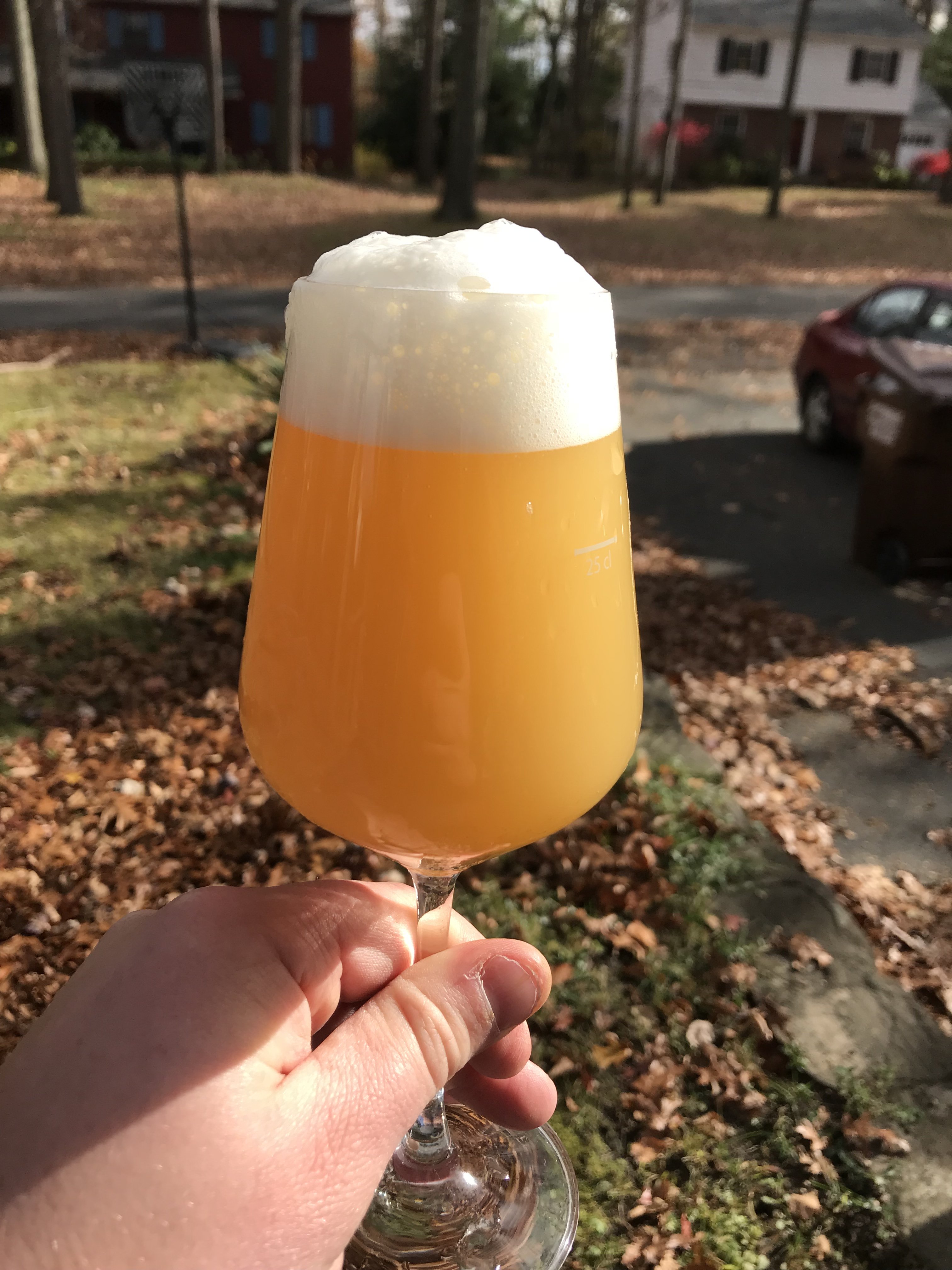mjjunior10
Well-Known Member
- Joined
- Feb 4, 2016
- Messages
- 45
- Reaction score
- 17
... I also soft crash to 10°c before kegging to help particules down to bottom fermenter.I pitched at 32 *celsius and forgot it., warm climate im my local, room temperature around 28* celsius. After 24 hours I dryhopped and place bucket into refrigerator and set temp to 18°c.
At day 3, I kegged, then the hops and cold crashed. Day 4 burst carb around 40 psi.
All in all, at day five I started get some pints, already good beer but a little green yet. It is getting better now.



